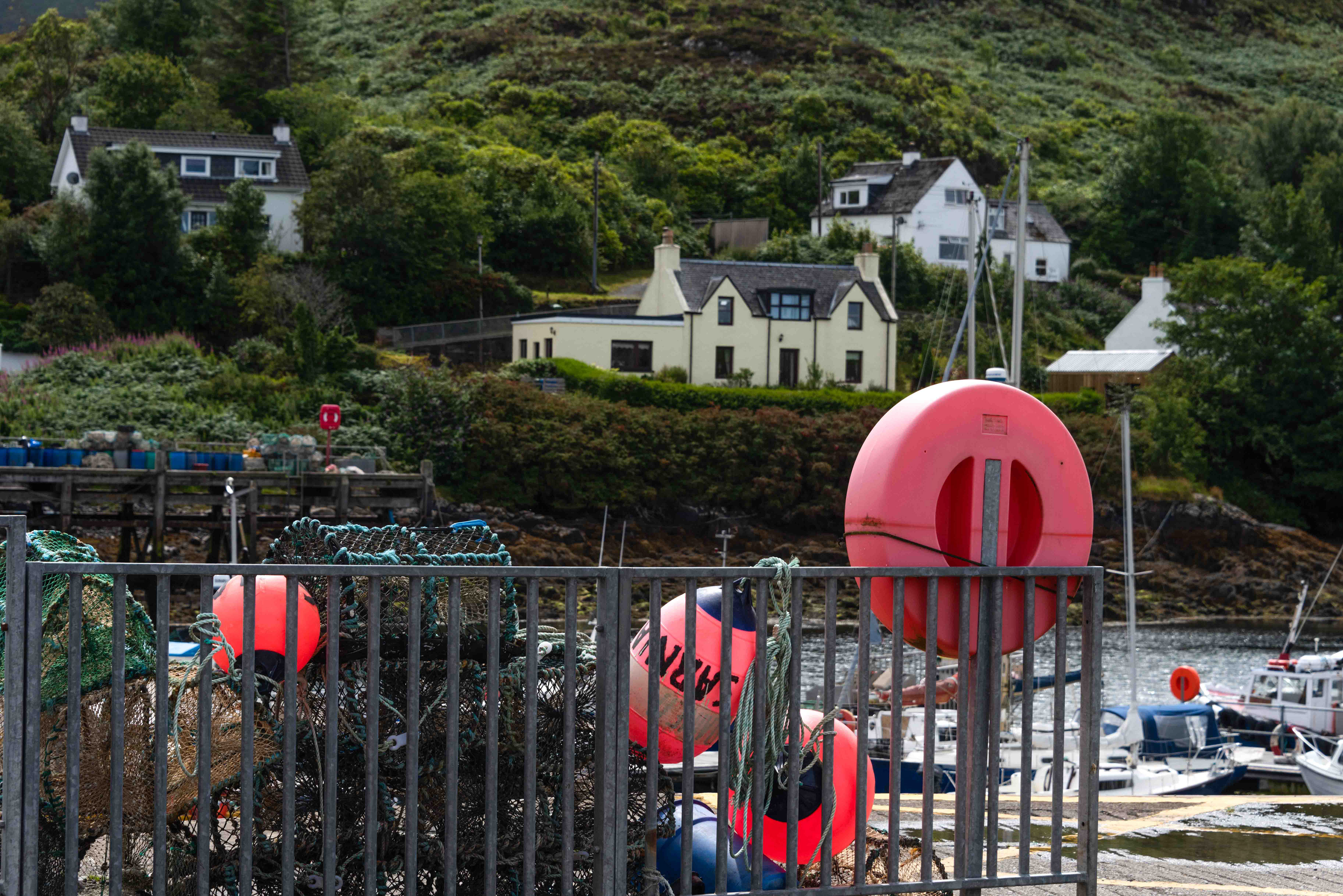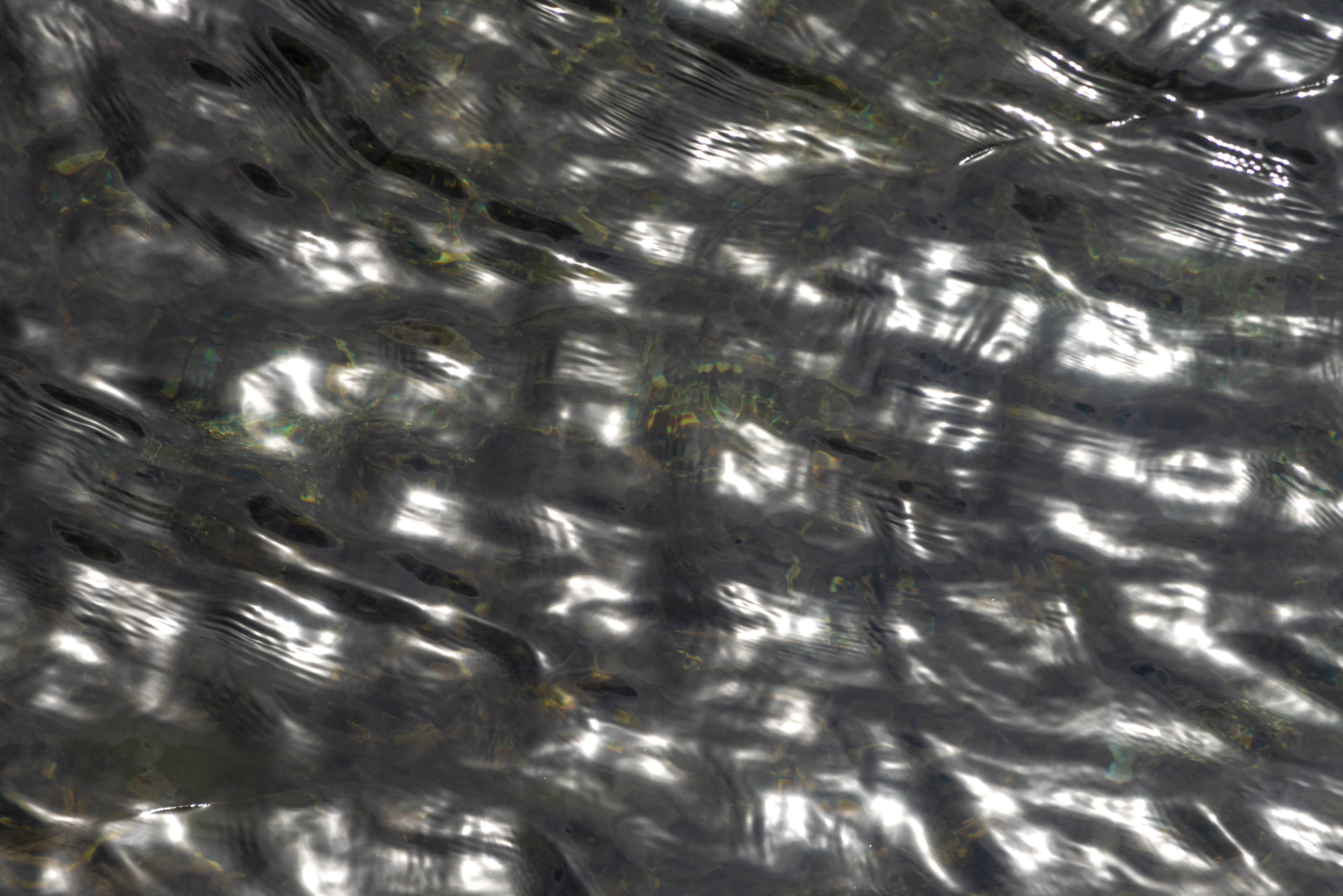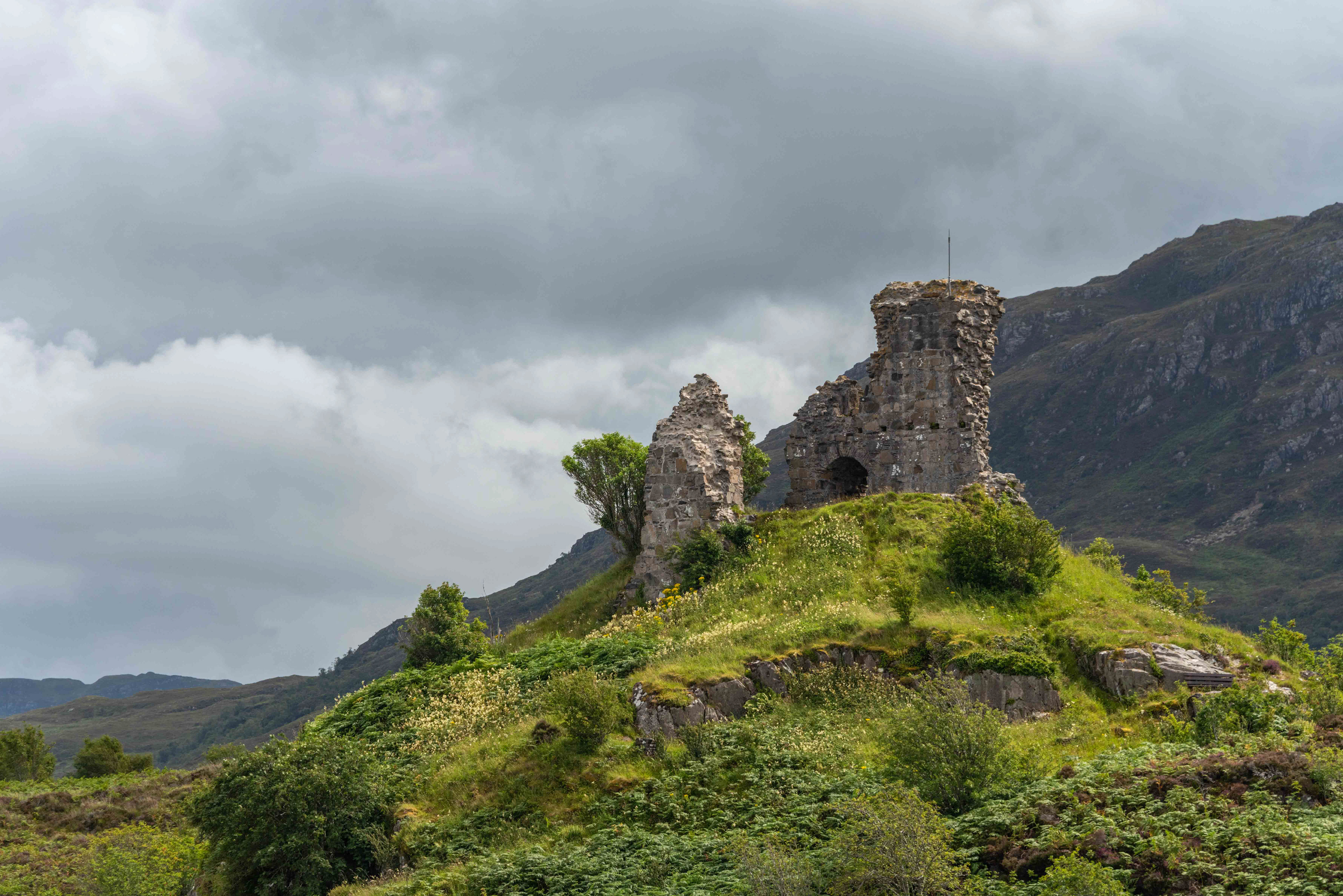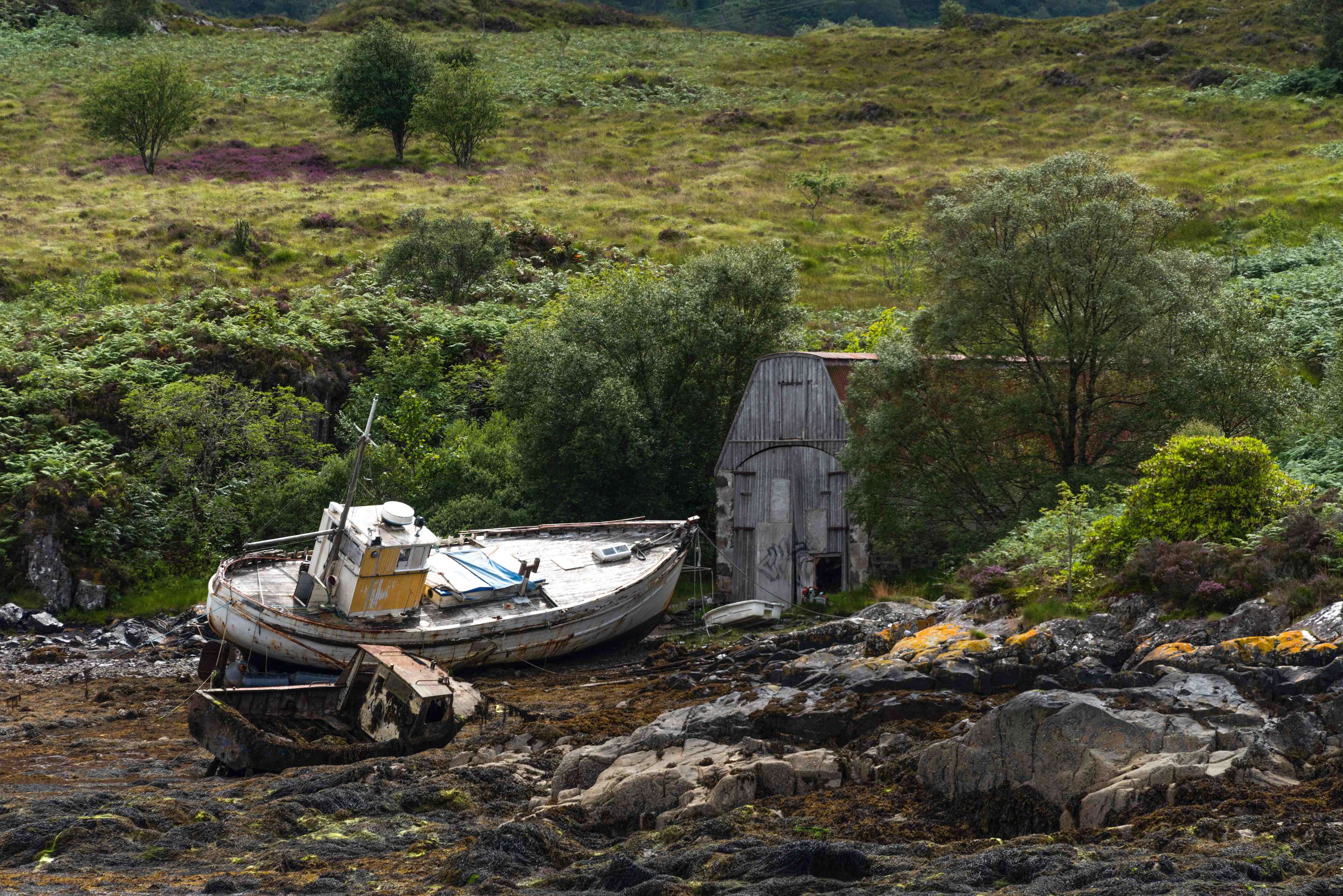Kyleakin (in Gaelic ‘Caol Àcain’) gets its name from the strait of Kyle Akin, a narrow stretch of water at the entrance of Loch Alsh. Kyle means a narrow, strait of water. The name Akin likely comes from Acain, which derives from the name Haakon after King Haakon the IV of Norway who, supported by Gaelic forces from the Western Isles, anchored his fleet in Kyleakin prior to the battle fought against the Scottish King Alexander III, at Largs in 1263 AD.
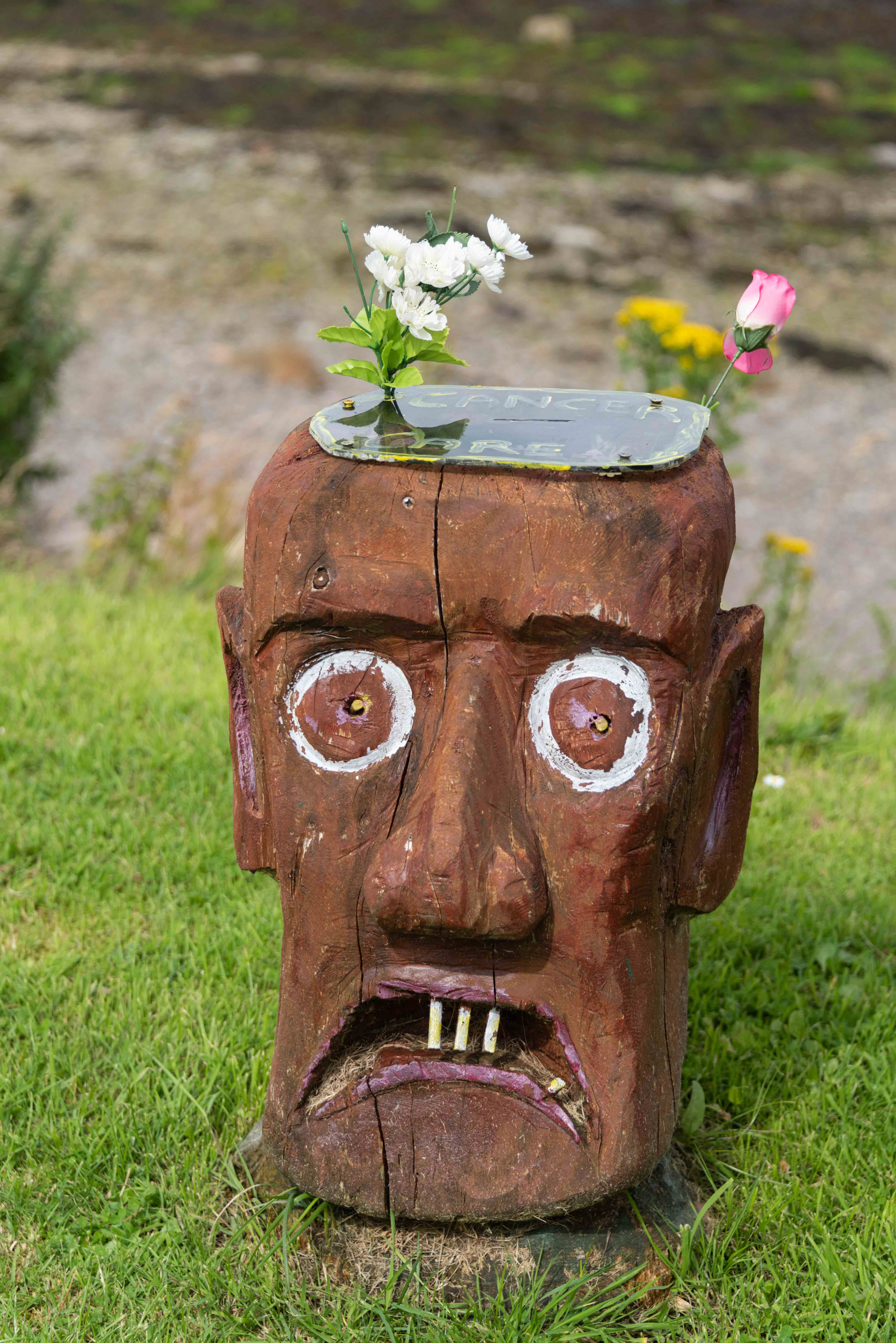
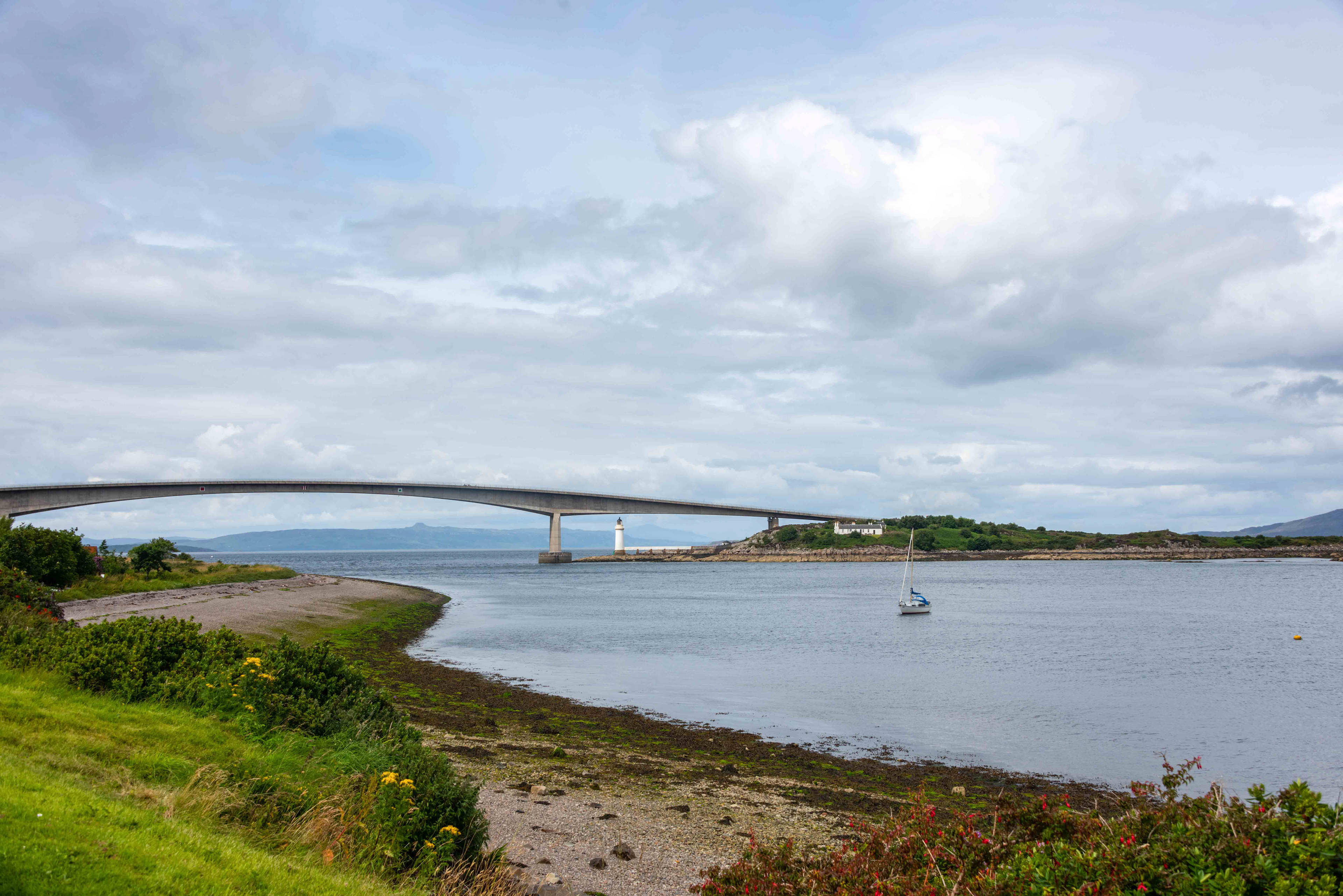


Another possible origin of Acain is that it is derived from Acunn, a Celtic mythological figure who’s legend has it that he, and his brother Riadh lived happily alongside each other in two towers, then one cold day Riadh stole a burning peat from Acunn’s tower to warm up his own. Acunn and Riadh had a terrible fight resulting in them scattering stones all over the Bay of Glenelg.
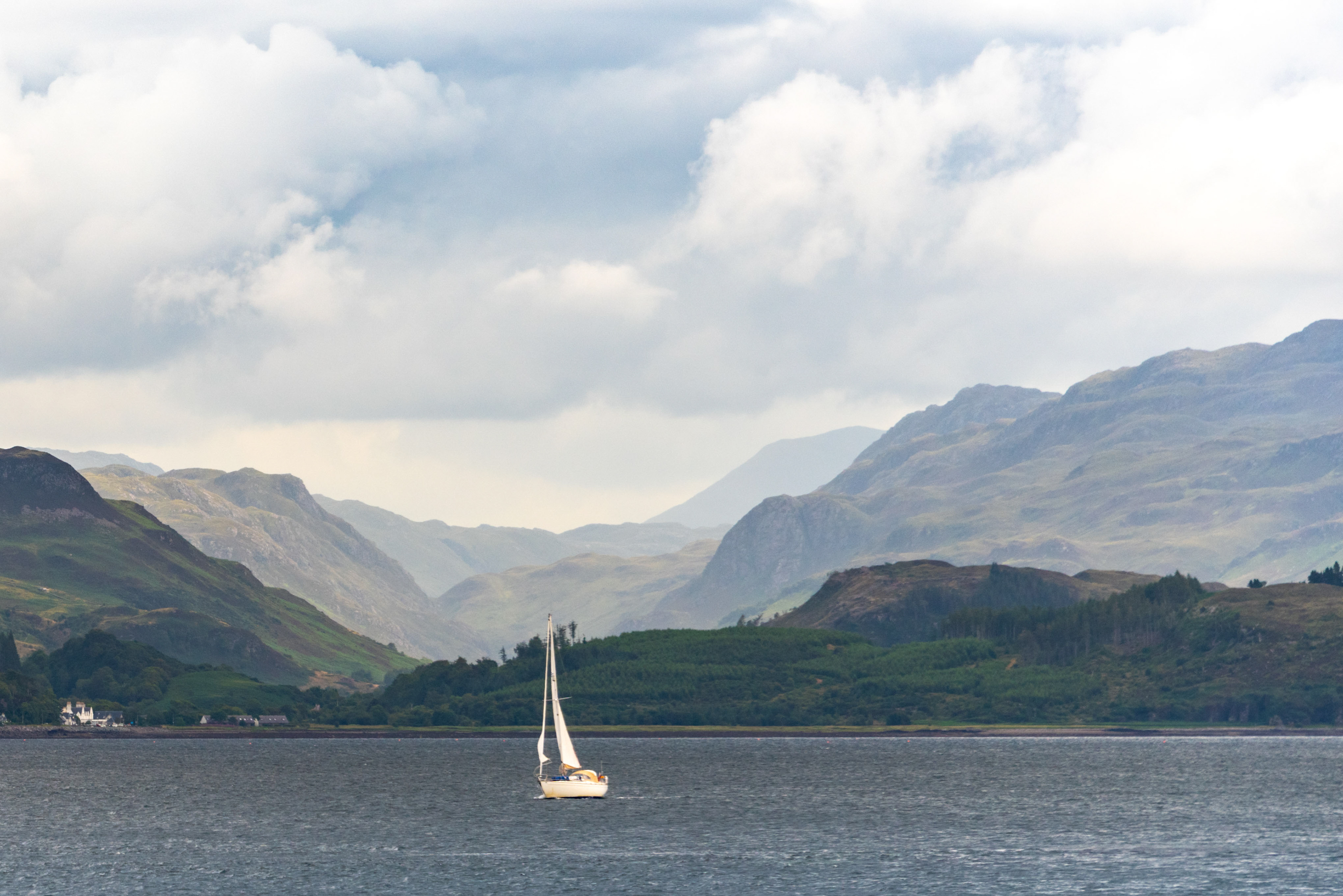
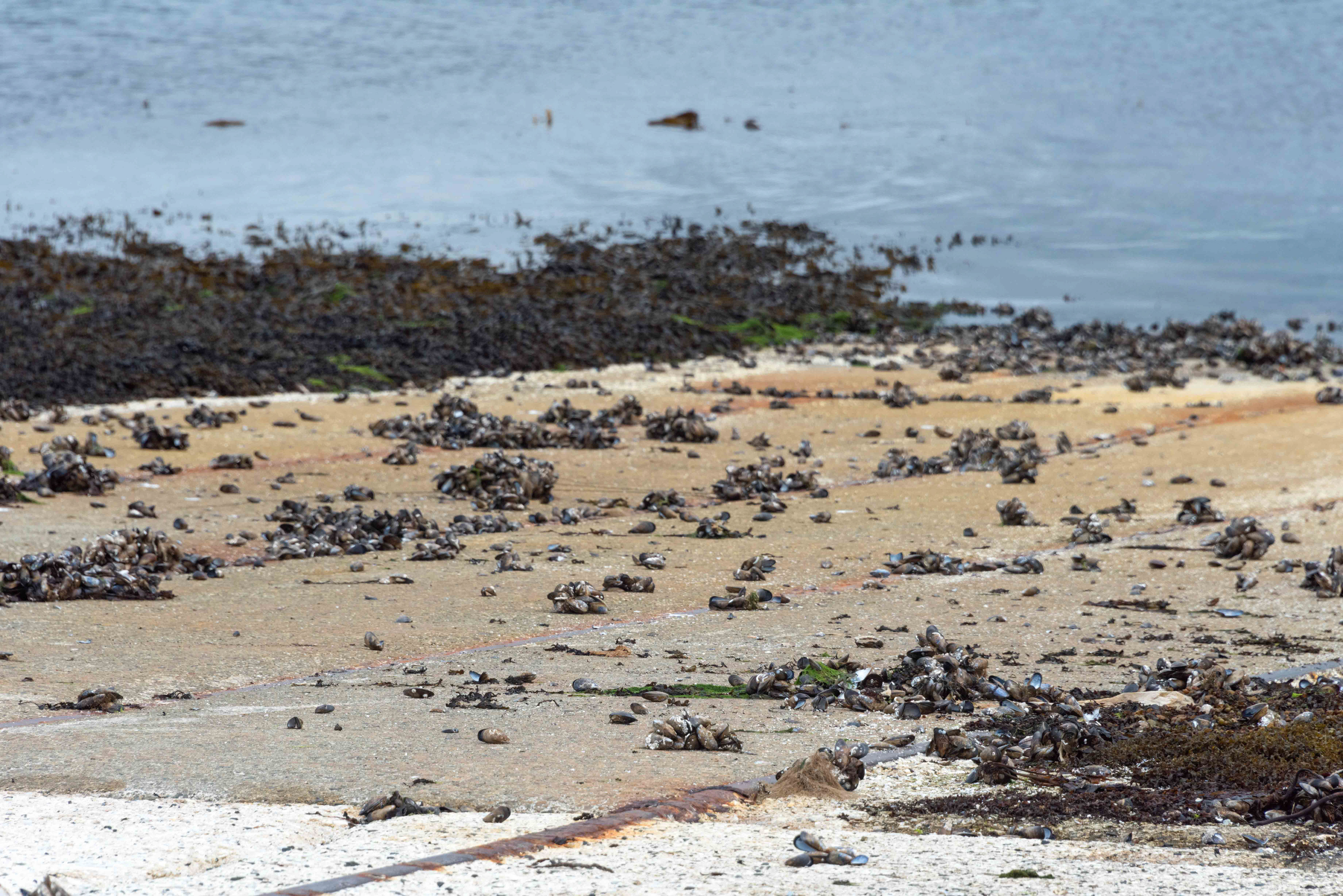
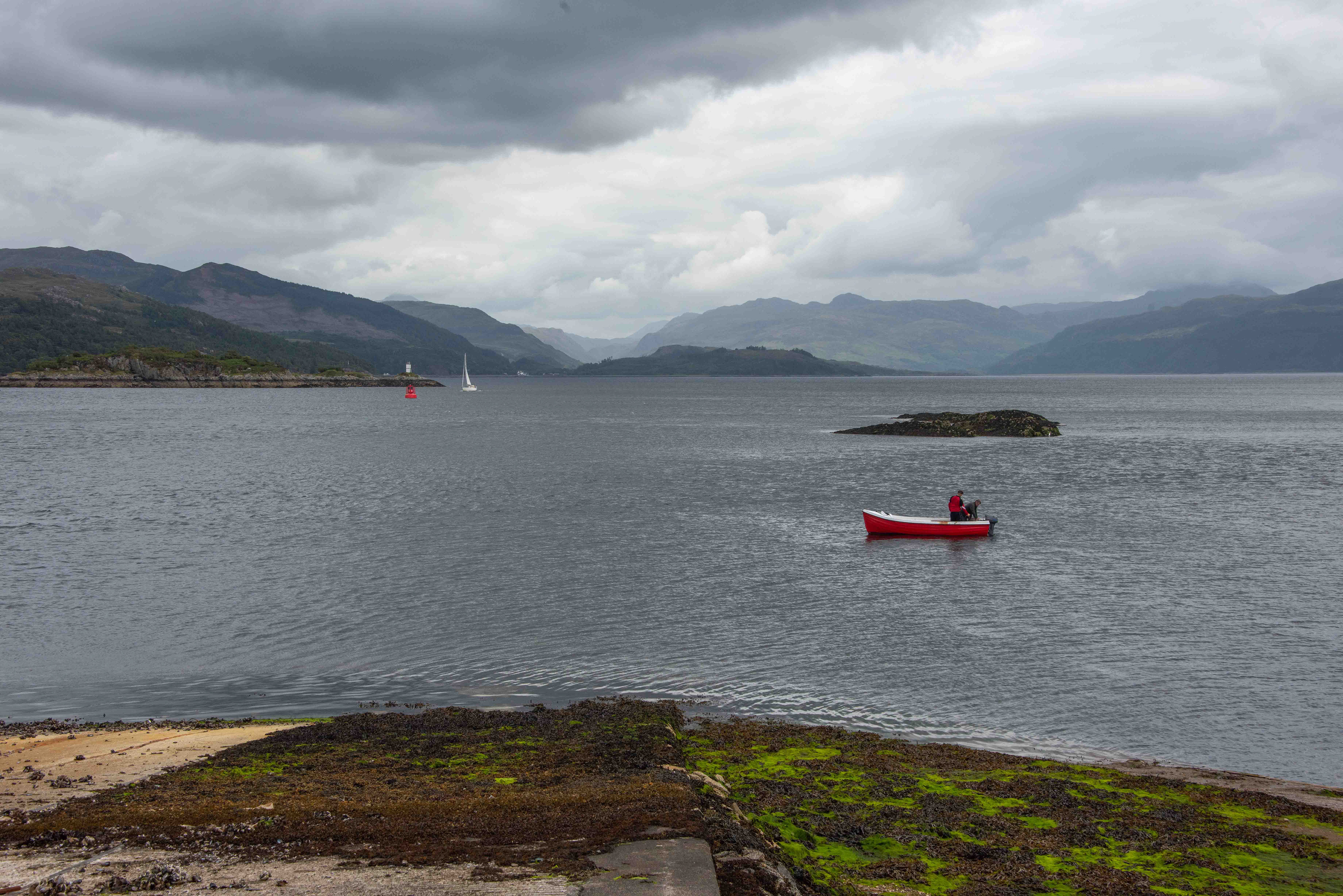
Castle Moil, now a ruin, was a fortress built in the late 15th century allegedly for a Norwegian princess known as 'Saucy Mary'. Princess Mary had imposed a toll for boats crossing the site and used a chain slung from the castle to the mainland to ensure their adherence. Once the crew had paid their toll, the princess would bare her breasts (maybe even give them a jiggle), hence the nickname 'Saucy Mary'.

